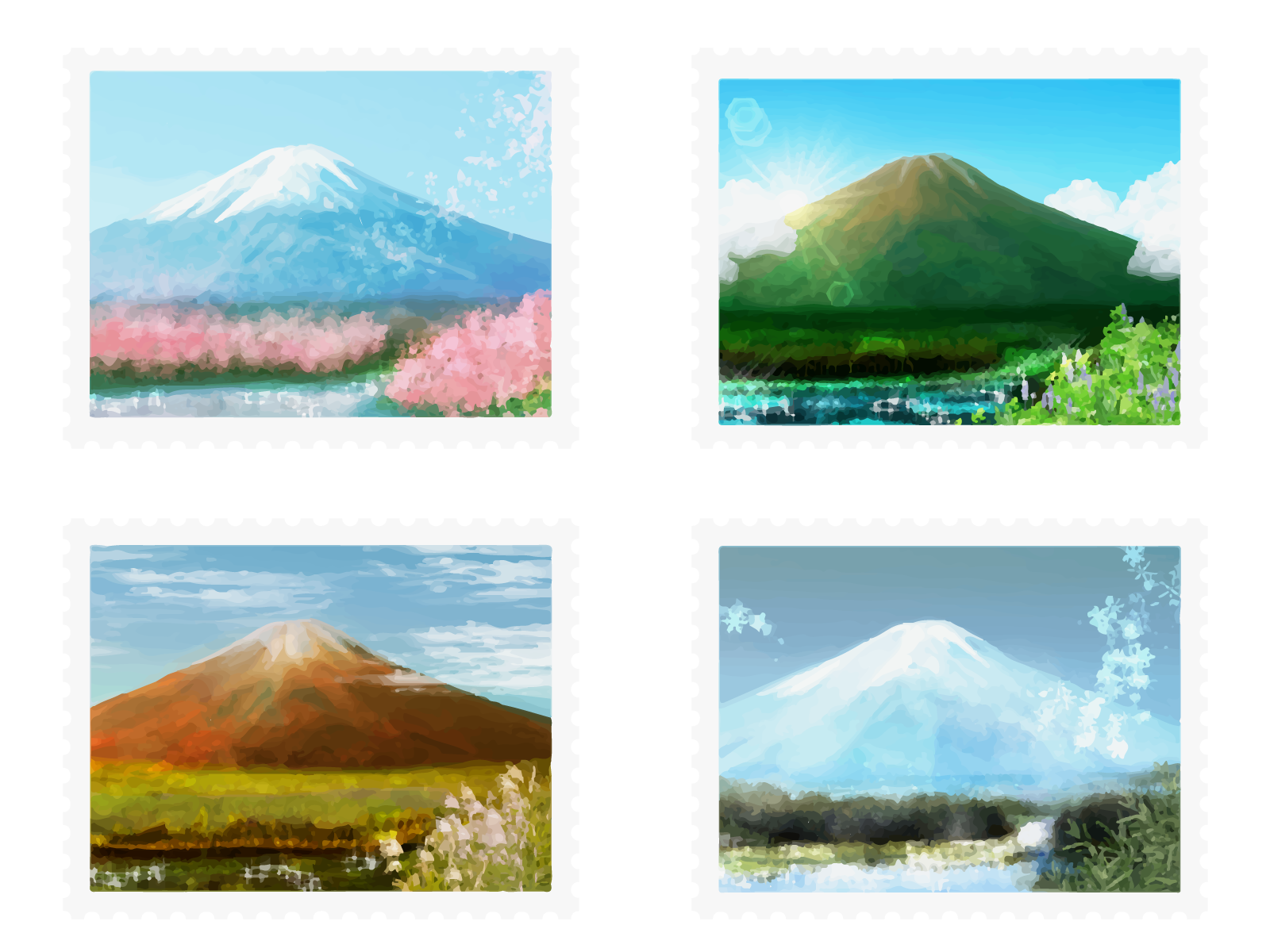Seasonal marketing is a powerful tool of marketing. With its rich culture deeply intertwined with nature’s rhythm, Japanese people have always enjoyed seasonal events. In fact, it is fair to say there is no other culture/country like Japan that cherishes the changing of the seasons so much.
Many businesses in Japan leverage this tendency to set up compelling campaigns.
What Is Seasonal Marketing?
Seasonal marketing is any promotions and campaigns that focus on seasonal and holiday themes to market and promote products or services. The campaign usually lasts a short period and targets a certain time of the year.
Some businesses have natural opportunities with seasonal marketing. For example, flower shops tend to experience a significant increase in sales during Valentine’s Day week, while pharmacies become busy selling allergy medication in the spring. Other businesses that don’t have the organic advantage also come up with marketing ideas to leverage from such seasonal opportunities.
Unique Japanese common seasonal marketing topics
From the famous cherry blossom viewing to traditional New Year celebrations, there are some common seasonal topics in Japan.
Spring
・Cherry blossoms
Every year, a lot of people visit parks and rivers for “Ohana-mi”, the cherry blossom viewing. Japanese people enjoy picnic-style gatherings under the beautiful cherry blossom trees. At the same time, a lot of businesses release cherry blossom-themed products, such as cherry blossom-infused food and drinks and pink-colored fashion items.
・New school year (Back to school)
The Japanese new school year starts in April. Parents tend to buy new sets of bags, clothes, and stationeries for their children to have a fresh start. Fresh-out-of-college employees are also targeted in this seasonal marketing for new suits and new business bags.
<Other common topics>
・Allergy (such as hay fever)
・Children’s Day
・Mother’s Day
Summer
・Beer Gardens
“Beer Garden” is where people can sit outside and enjoy barbeque and beer. A lot of big malls open their rooftop during the season for this leisure.
・Big Bonus
Typical Japanese companies offer a big bonus in July and many businesses target this season to have a promotion and sales to catch those who have more budget on their spending.
<Other common topics>
・Obon
・Summer vacation
・Summer outdoors (swimming, chilling on the beach)
・Fireworks
・Festival
・Camping
Autumn
・Japanese Halloween
Japanese Halloween is favored by the younger generation to wear costumes and party. During this period, a lot of businesses use Halloween-themed offerings (such as ghost-themed dishes in restaurants) to attract prominent customers.
・Sweet Potato and Japanese Chestnut
From mid-September to the end of October, a lot of products using Japanese sweet potatoes and chestnuts are released. From candy to hot drinks in a café, consumers enjoy the limited offers.
<Other common topics>
・Traditional local festivals around the nation
・Sports festival
・School festival
Winter
・New Year celebrations
New Year celebration, Oshogatsu in Japanese, is a very important tradition for Japanese people. Big family gatherings are held and they enjoy a three-day holiday together. This is also a big event for children who get some allowance called “otoshi-dama” from their relatives. Though a lot of places are closed during this holiday, most big malls offer a new year sale campaigns.
<Other common topics>
・Winter Sports
・Christmas
・Year-end cleaning
Japanese seasonal marketing is a masterclass in cultural sensitivity and emotional resonance, and it lives in the world of digital marketing as well. It reflects the deep connection between Japanese culture and the natural world. For any businesses, it is important to understand and harness the power of seasonal marketing to create digital campaigns that not only drive sales but also foster a sense of belonging and nostalgia among their audience.


